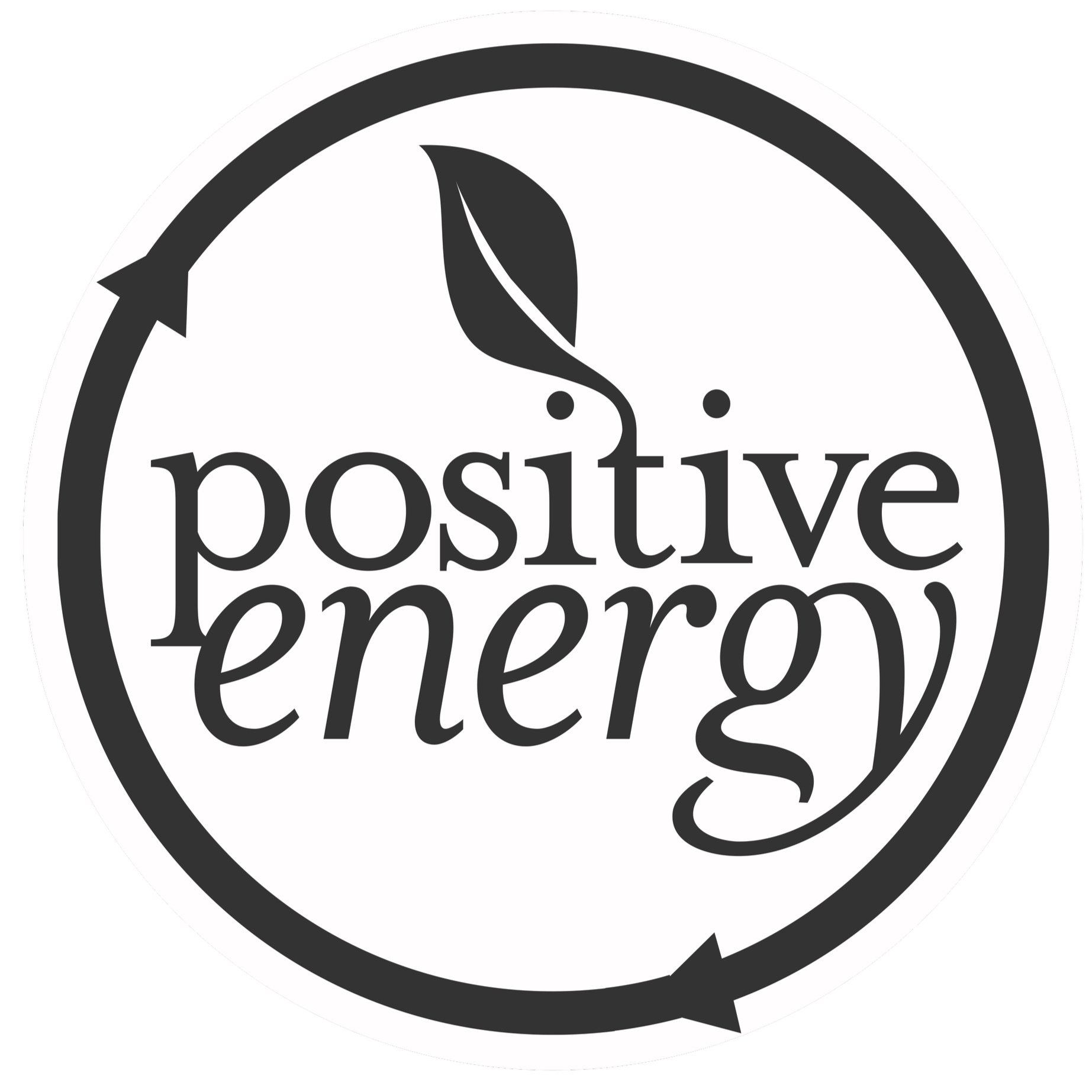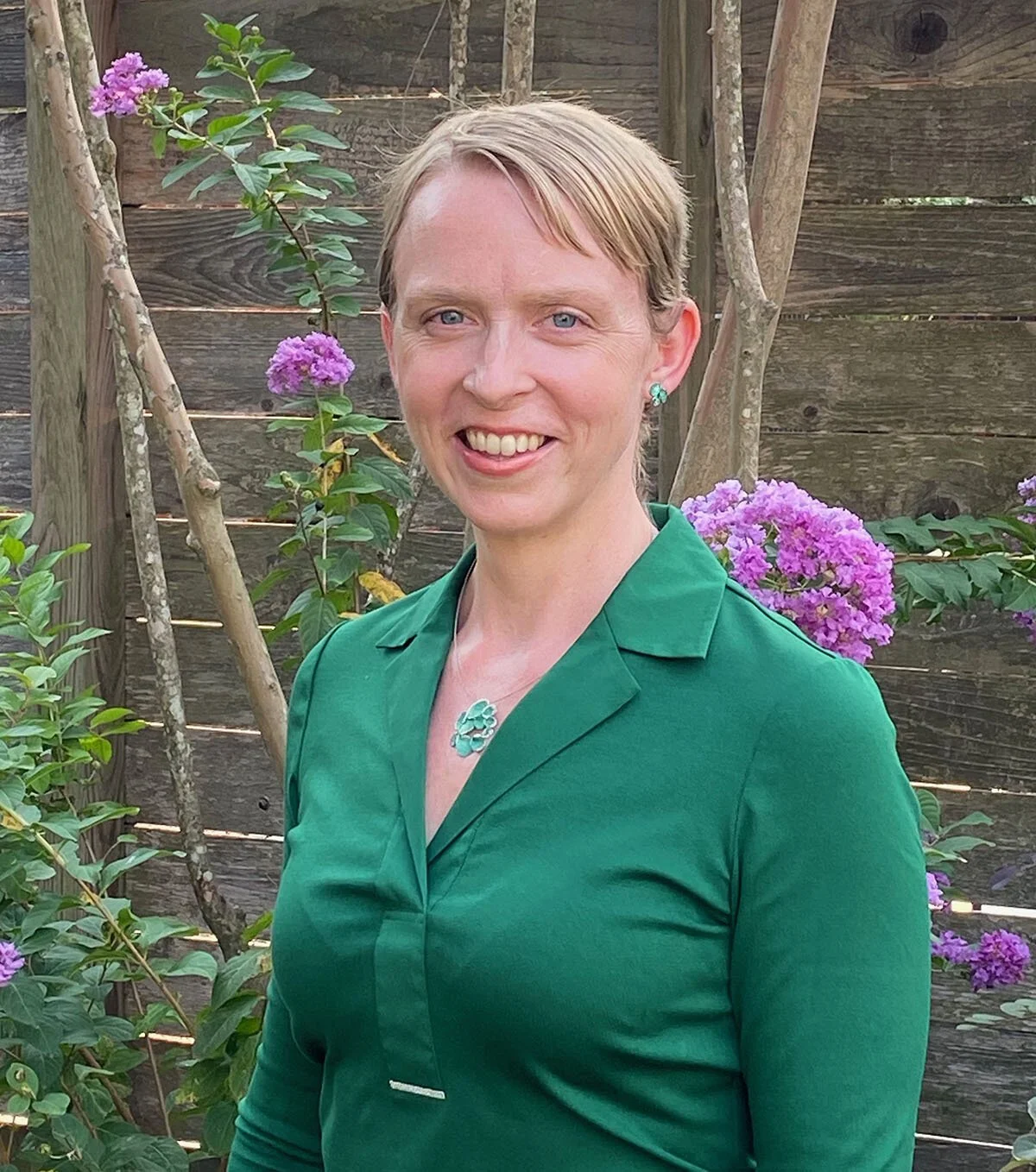Architectural Epidemiology
How do we expand the positive impacts of our buildings? Now is the time.
The building sector is looking at a once-in-a-generation opportunity to flip from being a major contributor to both chronic disease and climate disruption to becoming one of the primary solutions. The key is provide training and perspective to the professionals involved. Why is it that so few architects base design decisions on the known health impacts of buildings at both the personal and community levels? Similarly, why is it that the role of buildings as determinants of health and disease in society is so frequently overlooked by epidemiologists and other public health professionals?
In this interview Adele Houghton (FAIA, DrPH, LEED AP) explains how architects, developers, real estate teams and community groups can use their role power and agency to improve outcomes at many levels and scales, for the benefit of all involved. While no single building can entirely transform a neighborhood's character or its susceptibility to environmental factors, thoughtful design can enhance the health and well-being of residents and businesses, reducing financial risk and contributing to local policy goals.
Links from this episode:
Architectural Epidemiology: https://www.architecturalepidemiology.org/book
How Real Estate Development Can Boost Urban Health: https://ssir.org/articles/entry/how_real_estate_development_can_boost_urban_health
Adele Houghton
Adele Houghton, FAIA, DrPH, LEED AP, works at the intersection of buildings, public health, and climate change. She is a member of the American Institute of Architects College of Fellows and received a Doctor of Public Health (DrPH) degree from the Harvard T.H. Chan School of Public Health, where she also teaches. Her book, Architectural Epidemiology (Johns Hopkins University Press, 2024), co-authored with Professor Carlos Castillo-Salgado of Johns Hopkins University, proposes a novel method for architectural design: combining neighborhood-scale environmental health data with participatory community engagement to maximize a building's positive ripple effect on community and planetary health.

